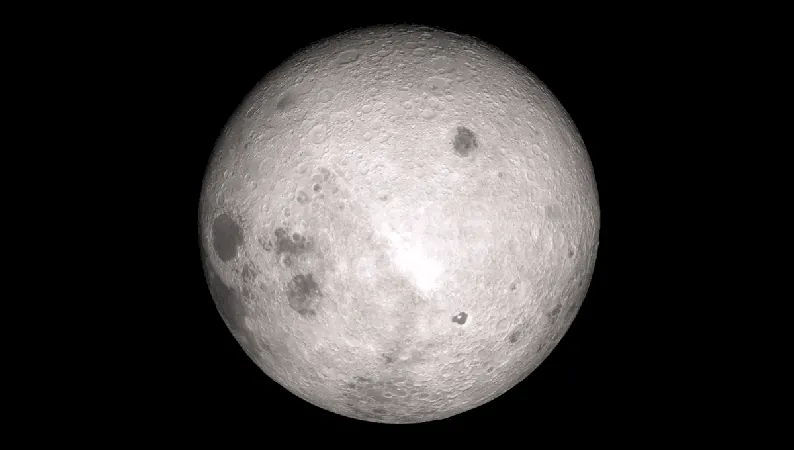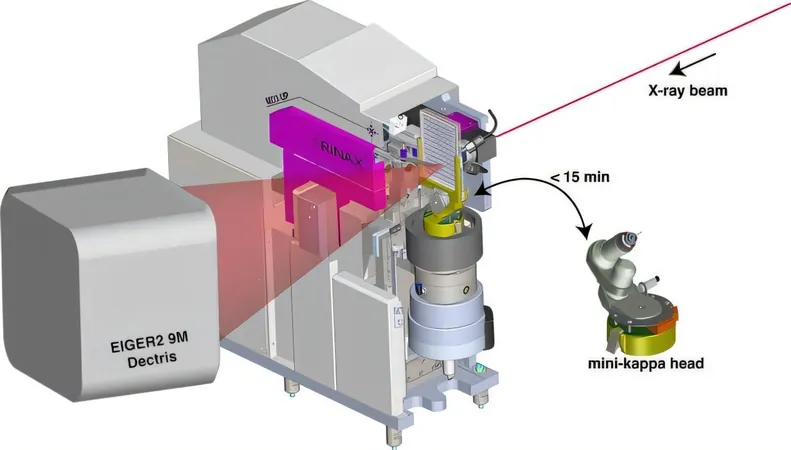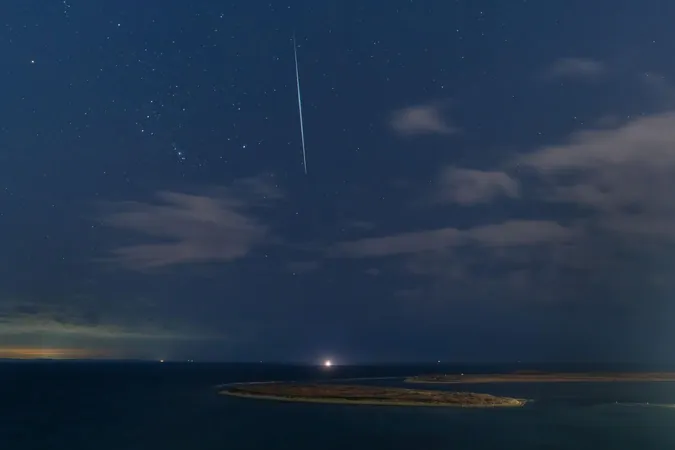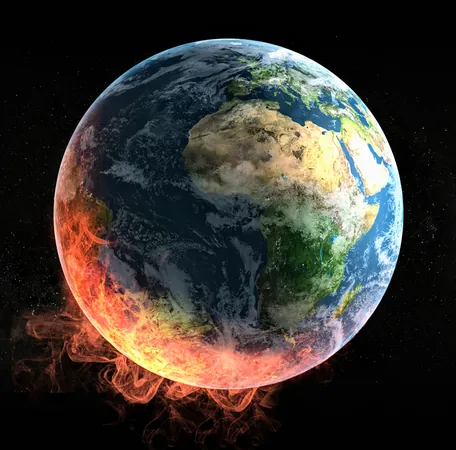
Shocking Discovery: The Moon’s Far Side Was Volcanically Active for 1.4 Billion Years!
2024-11-16
Author: Emma
Introduction
The Moon has long fascinated scientists, and recent findings from the Chinese Chang’e-6 mission have unlocked new revelations about its volcanic history—particularly on its enigmatic far side. Research shows that this volcanic activity persisted for at least a staggering 1.4 billion years!
The Chang’e-6 Mission
The Chang’e-6 probe stands out as the first spacecraft to collect and return samples from the Moon's far side, bringing back just under two kilograms (approximately 4.4 pounds) of material. Among these samples is a remarkable basalt fragment estimated to be 4.2 billion years old, marking the oldest precisely dated basalt from the Moon. This discovery alone opens up significant avenues of exploration about the Moon’s geological history.
Additional Discoveries
But that’s not all! The mission unearthed 107 additional basalt fragments dating back 2.8 billion years, indicating an eruption that occurred right at the Chang’e-6 landing site. Astonishingly, there’s no corresponding evidence of this eruption from samples taken from the Moon’s near side, underlining the importance of Chang’e-6's findings. Prior to this, the lander had previously uncovered signs of magmatic structures at the landing location.
Contrasting Hemispheres
The contrast between the Moon's two hemispheres is striking. While the near side boasts the captivating dark plains known as “maria” or “seas,” the far side is predominantly scarred with craters, creating a visually stark difference. Moreover, variations in crust thickness and concentrations of elements like thorium further differentiate these lunar regions.
Understanding the Dichotomy
The reason behind this intriguing dichotomy remains an unsolved puzzle, but researchers assert that understanding the far side's volcanic history might be key to cracking it. “The samples returned by Chang’e-6 provide an unprecedented opportunity to investigate the lunar global dichotomy,” stated Professor Yi-Gang Xu from the Guangzhou Institute of Geochemistry, clearly excited by the findings.
Researcher Insights
Professor Qiu-Li Li from the Institute of Geology and Geophysics at the Chinese Academy of Sciences echoed this sentiment, emphasizing that unraveling the volcanic history of the Moon’s far side is essential for comprehending its hemispheric differences.
Local Volcanic Events
The local volcanic event that occurred 2.8 billion years ago aligns perfectly with the estimated age of the Chang’e-6 landing site, which was determined by a method of counting craters. It’s a thrilling development that indicates the techniques used for near-side chronology apply equally well to the far side.
The Moon’s Rotation and Future Research
Interestingly, the research suggests that the Moon was likely in a synchronous rotation with Earth—a phenomenon where one face always faces its planetary companion—by the time the volcanic activity on the far side came to an end.
Conclusion
With every discovery, the Chang’e-6 mission continues to unravel the Moon’s deep past, offering insights not just into our nearest celestial neighbor, but also into the broader workings of planetary evolution. Stay tuned as we delve deeper into the mysteries of the cosmos!









 Brasil (PT)
Brasil (PT)
 Canada (EN)
Canada (EN)
 Chile (ES)
Chile (ES)
 España (ES)
España (ES)
 France (FR)
France (FR)
 Hong Kong (EN)
Hong Kong (EN)
 Italia (IT)
Italia (IT)
 日本 (JA)
日本 (JA)
 Magyarország (HU)
Magyarország (HU)
 Norge (NO)
Norge (NO)
 Polska (PL)
Polska (PL)
 Schweiz (DE)
Schweiz (DE)
 Singapore (EN)
Singapore (EN)
 Sverige (SV)
Sverige (SV)
 Suomi (FI)
Suomi (FI)
 Türkiye (TR)
Türkiye (TR)